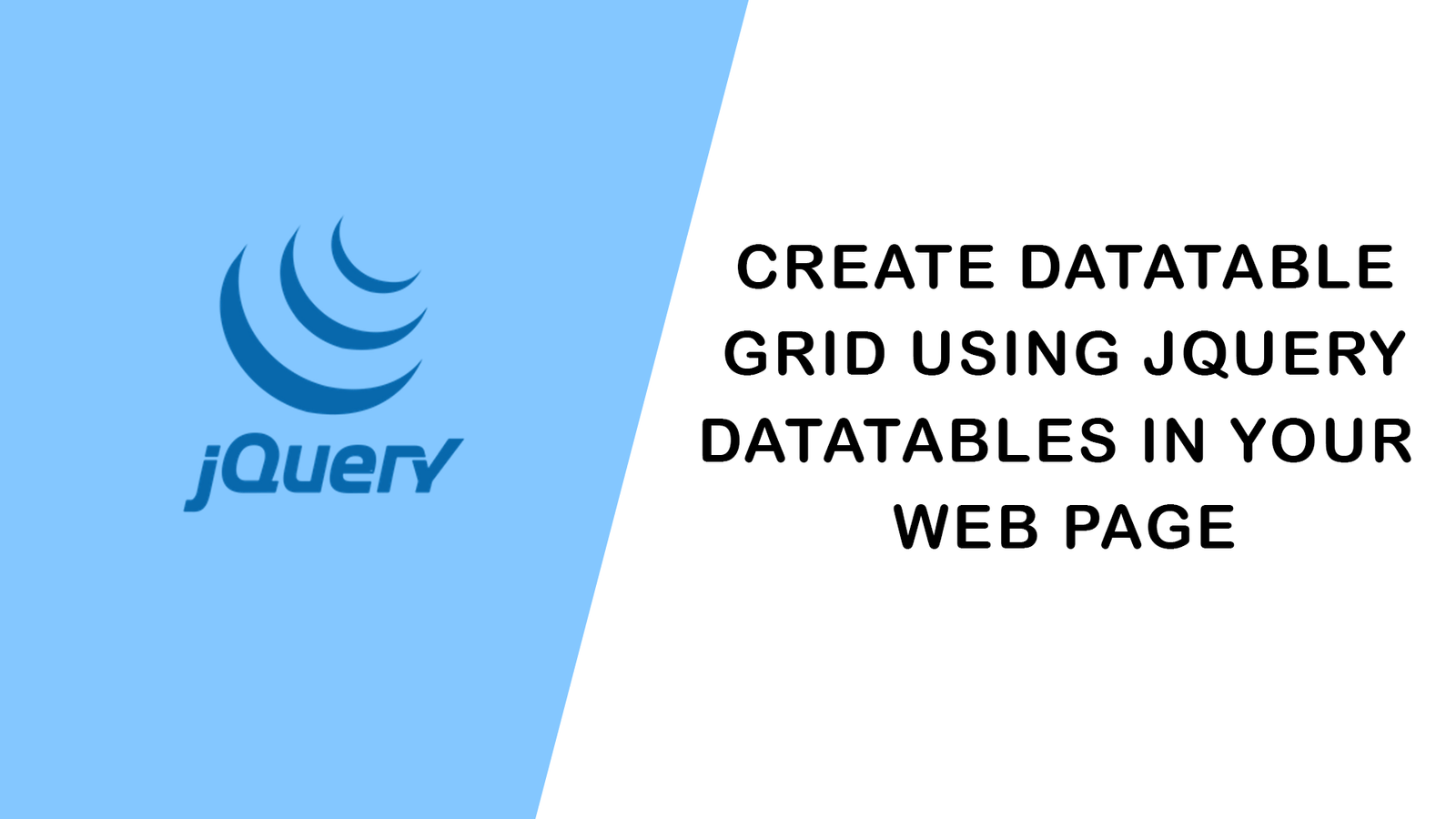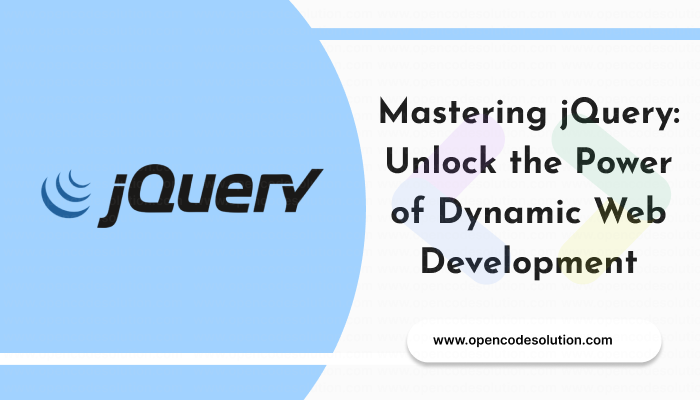jQuery AJAX Tutorial: Simplifying Asynchronous Web Requests with Examples and Code
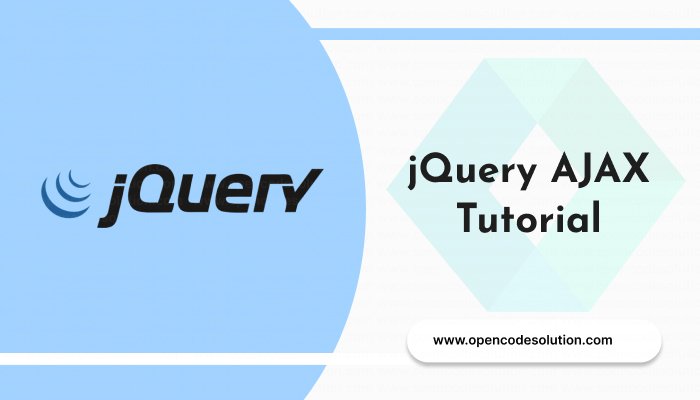
jQuery AJAX is a powerful tool that simplifies making asynchronous web requests and handling server responses. In this tutorial, we will explore the basics of jQuery AJAX, providing you with examples and code snippets to help you understand and leverage this functionality in your web projects.
Getting Started with jQuery AJAX
To begin, ensure that you have included the jQuery library in your HTML file. You can either download jQuery from the official website (https://jquery.com) or use a Content Delivery Network (CDN) to include it directly in your project.
Making a Basic AJAX Request
Let's start with a simple example of making an AJAX request to retrieve data from a server and display it on the webpage. Consider the following code snippet:
$.ajax({
url: 'data.json',
method: 'GET',
success: function(response) {
// Process the response data
console.log(response);
},
error: function(xhr, status, error) {
// Handle errors
console.error(error);
}
});
In this example, we use the $.ajax() function to initiate an AJAX request. We specify the URL of the data we want to retrieve and the HTTP method (GET in this case). The success callback function is executed when the request is successful, and the error callback function handles any errors that may occur.
Sending Data to the Server
AJAX requests often involve sending data to the server. Let's look at an example of sending data using the POST method:
$.ajax({
url: 'submit.php',
method: 'POST',
data: {
name: 'John',
age: 25,
email: 'john@example.com'
},
success: function(response) {
console.log(response);
},
error: function(xhr, status, error) {
console.error(error);
}
});
In this example, we specify the URL of the server-side script (submit.php) and the HTTP method (POST). The data property contains the key-value pairs of the data we want to send to the server.
Handling JSON Responses
AJAX requests often involve retrieving and working with JSON data. Here's an example of how to handle a JSON response:
$.ajax({
url: 'data.json',
method: 'GET',
dataType: 'json',
success: function(response) {
// Process the JSON data
console.log(response.name);
},
error: function(xhr, status, error) {
console.error(error);
}
});
In this example, we specify the dataType property as JSON to indicate that we expect a JSON response. The response object contains the parsed JSON data, which we can access and manipulate as needed.
Conclusion: This tutorial introduced you to jQuery AJAX, a powerful tool for making asynchronous web requests. We covered the basics of making AJAX requests, sending data to the server, and handling JSON responses.
jQuery AJAX simplifies the process of interacting with servers and retrieving dynamic data for your web applications. By leveraging this functionality, you can create more interactive and responsive user experiences.
Now that you have a foundation in jQuery AJAX, feel free to explore further and experiment with different options and scenarios to enhance your web development projects.
Happy coding with jQuery AJAX!
Categories : jQuery
Tags : web development jQuery AJAX tutorial AJAX examples asynchronous web requests JavaScript jQuery library AJAX data JSON responses error handling jQuery AJAX basics jQuery AJAX for beginners.

Abhay Dudhatra
0 Comments
Related Articles
Create DataTable Grid using jQuery DataTables in y...
 By Praful Sangani -
July 25,2022
By Praful Sangani -
July 25,2022
Mastering jQuery: Unlock the Power of Dynamic Web...
 By Abhay Dudhatra -
May 11,2023
By Abhay Dudhatra -
May 11,2023
Categories
Laravel
48React
17CSS
4jQuery
3PHP
19JavaScript
53HTML
4Python
30Node.js
2Git
8Bootstrap
15MySQL
7WordPress
27Popular Articles

WordPress Add Posts #16
August 04,2022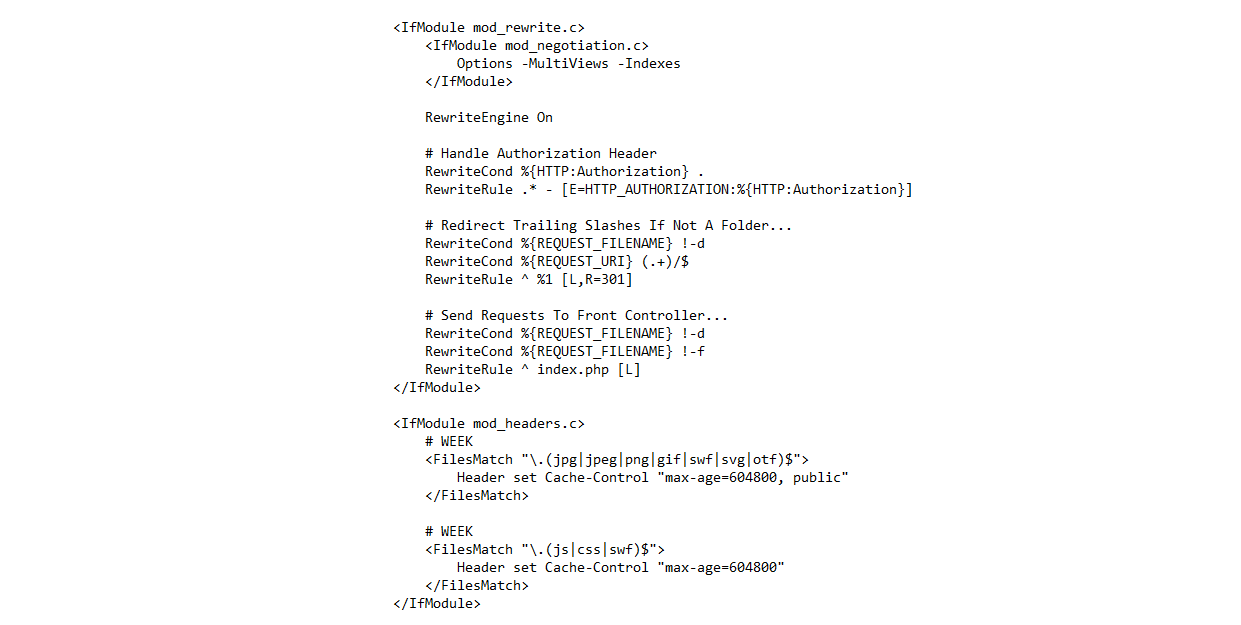
GZIP and Browser Cache a website wi...
July 21,2022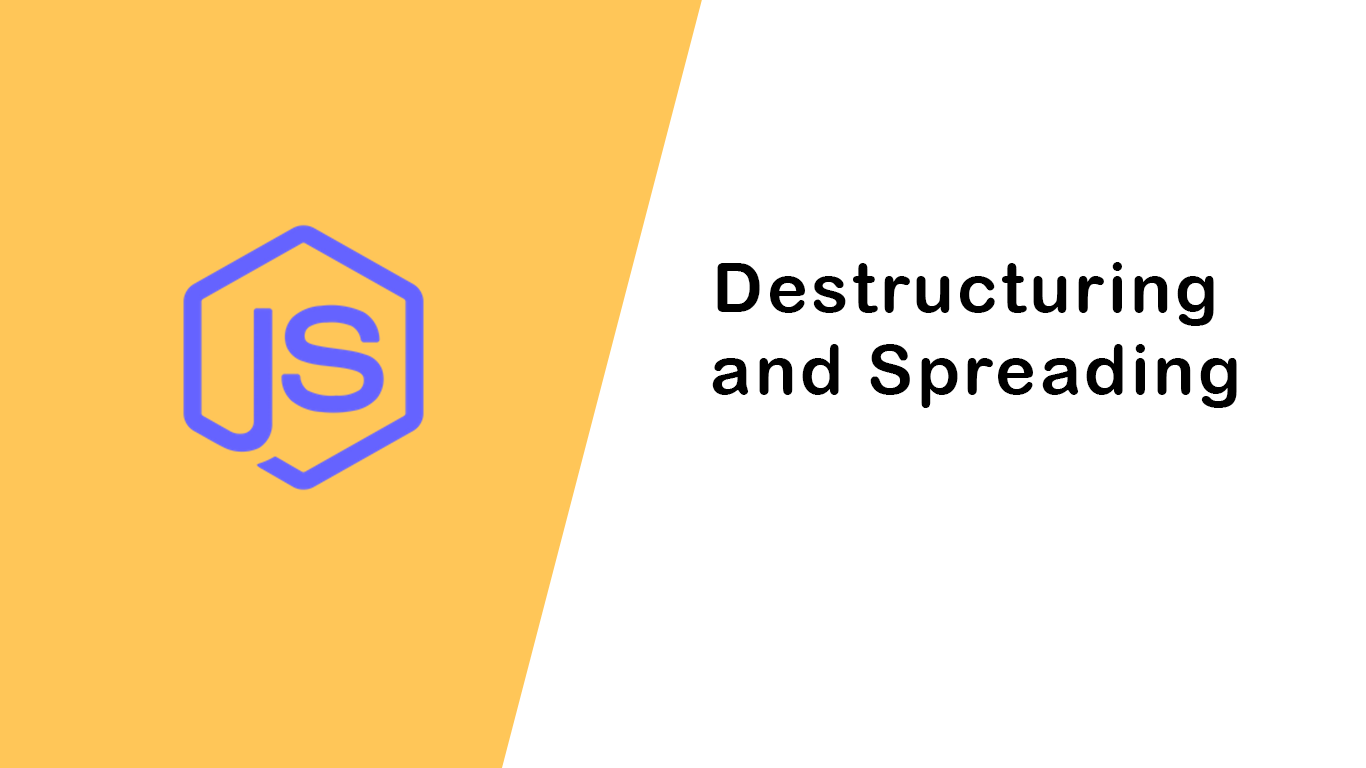
Destructuring and Spreading
August 13,2022
Import Export CSV And Excel File in...
July 22,2022
Laravel 8 Custom User Login and Reg...
July 19,2022Featured Articles

Laravel 9 Custom Login and Registra...
May 11,2023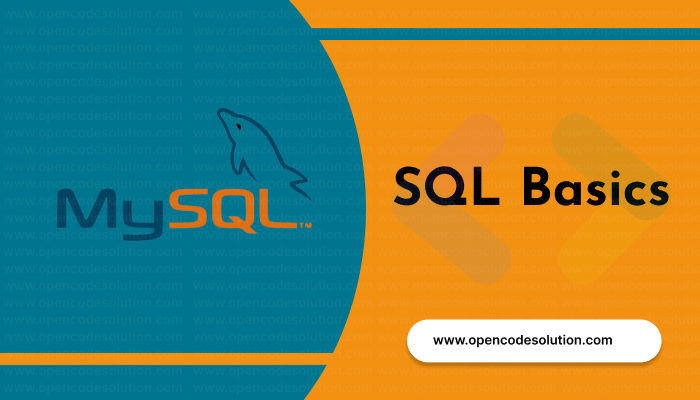
SQL Basics: A Beginner's Guide to S...
May 05,2023
Generating PDF Files in Laravel Usi...
April 26,2023
Laravel Image Intervention: A Guide...
April 26,2023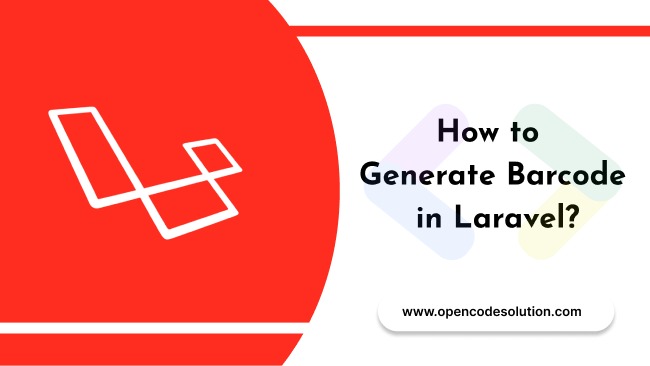
How to Generate BarCode in Laravel?
April 26,2023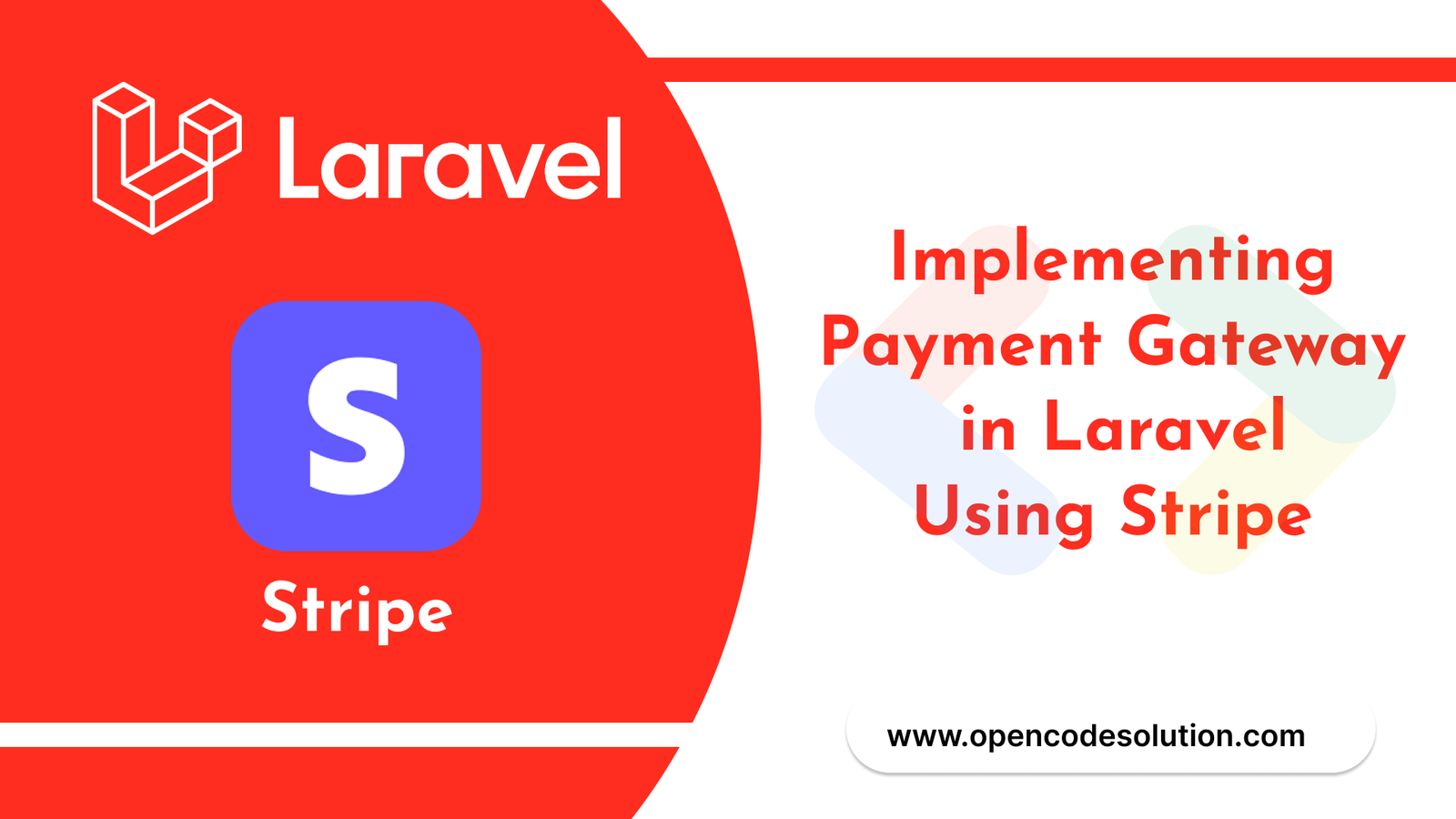
Implementing Payment Gateway in Lar...
March 26,2023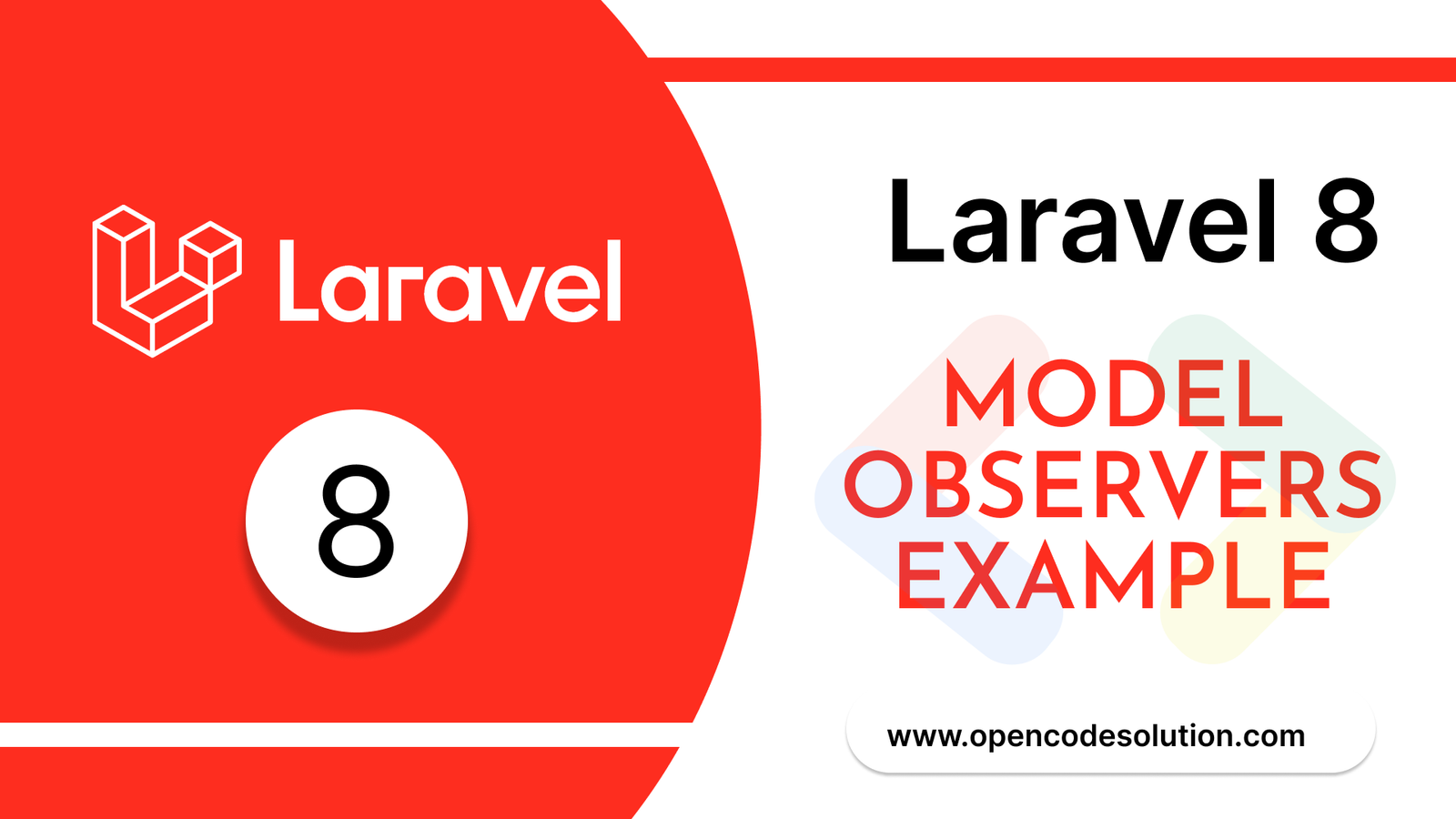
Laravel 8 Model Observers Example T...
March 10,2023
How to use Forelse loop in Laravel...
August 08,2022
What Is Wordpress #1
August 04,2022
Bootstrap Alerts
August 03,2022
Essential JS for PHP
August 03,2022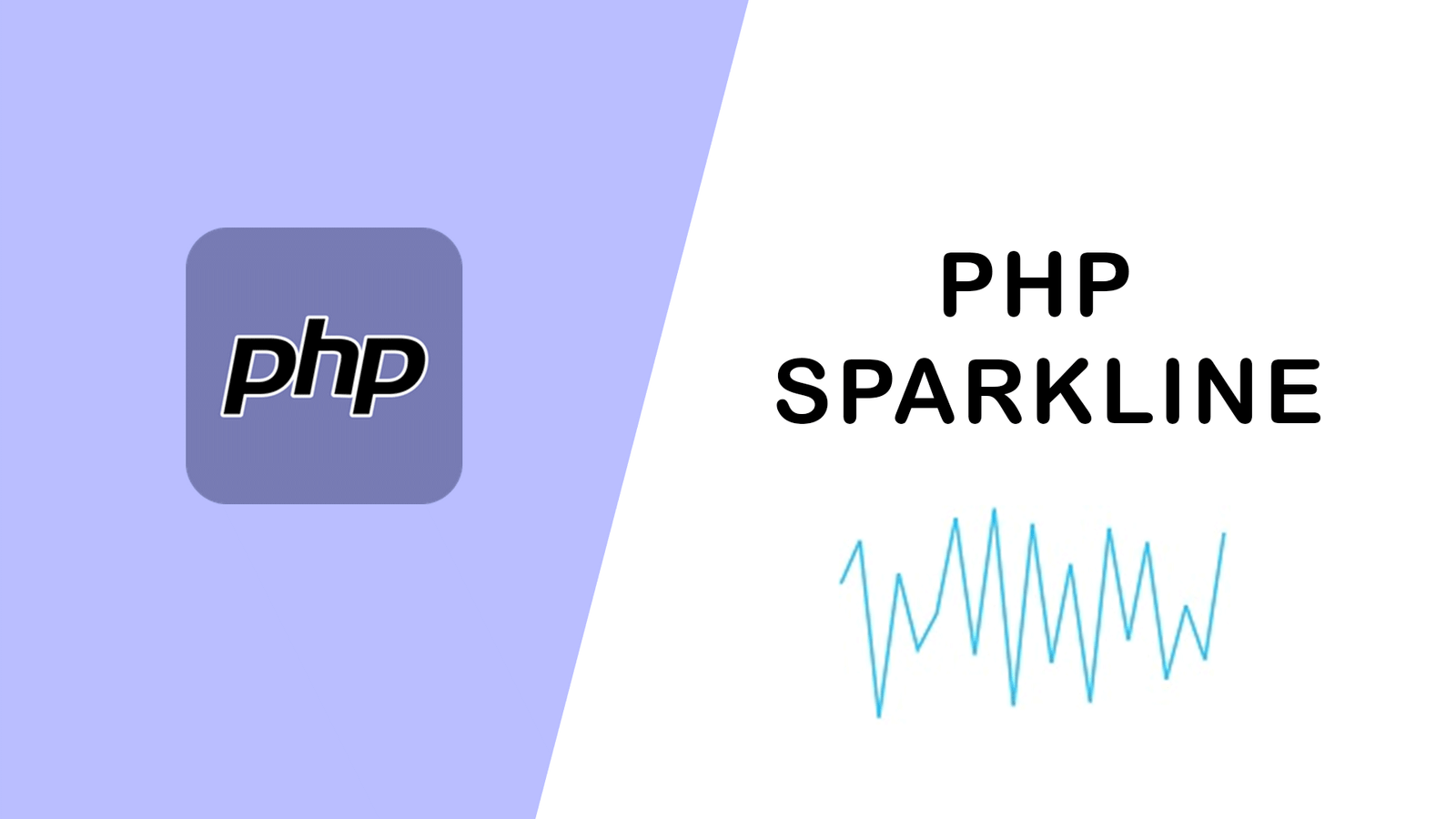
PHP Sparkline
August 03,2022
Groups in React Textbox
August 03,2022
JavaScript exercise-examples for Be...
August 03,2022
Create Social Login In Laravel With...
August 01,2022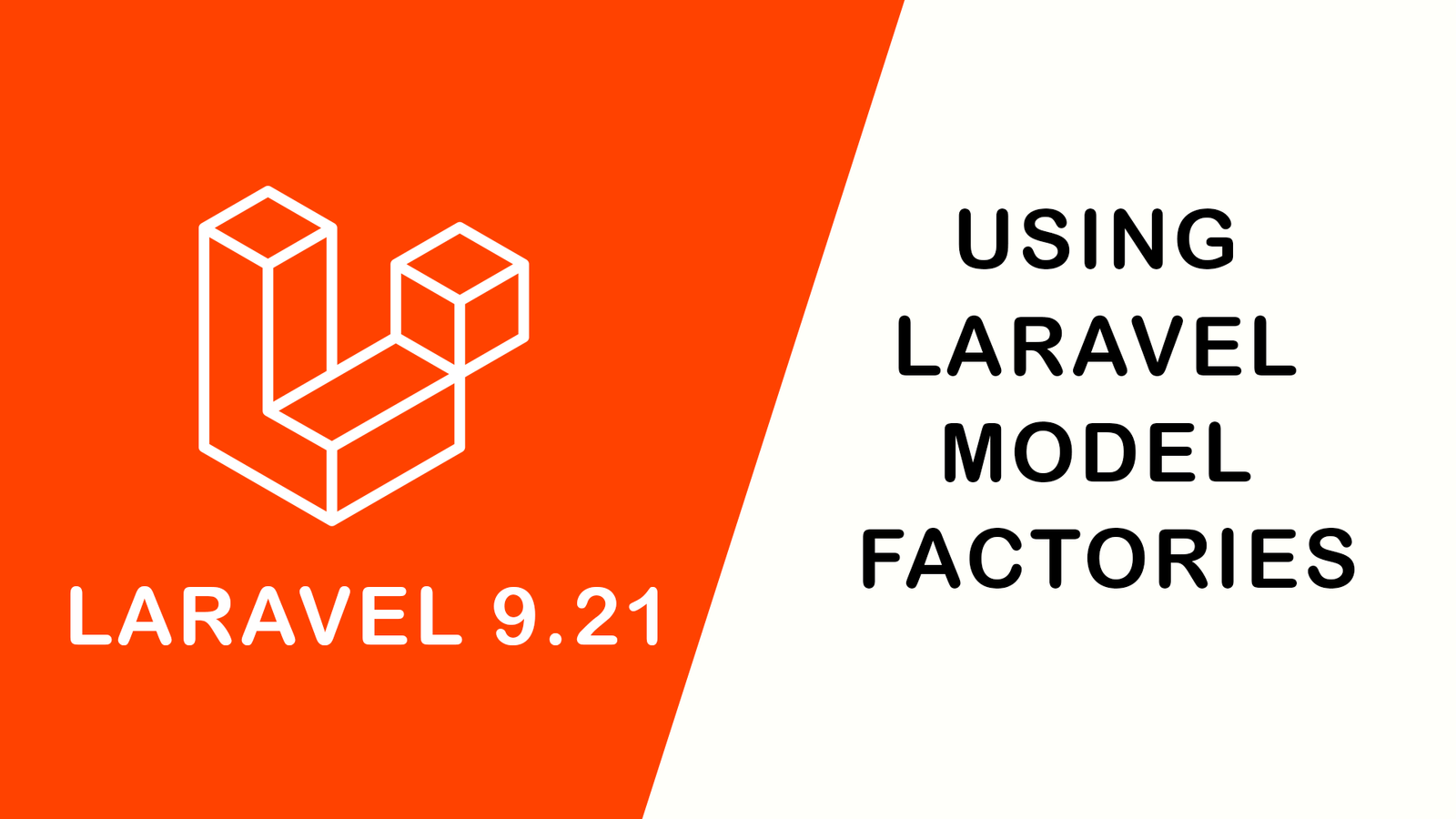
Using Laravel Model Factories
July 30,2022
How to Include Bootstrap 5 in our w...
July 28,2022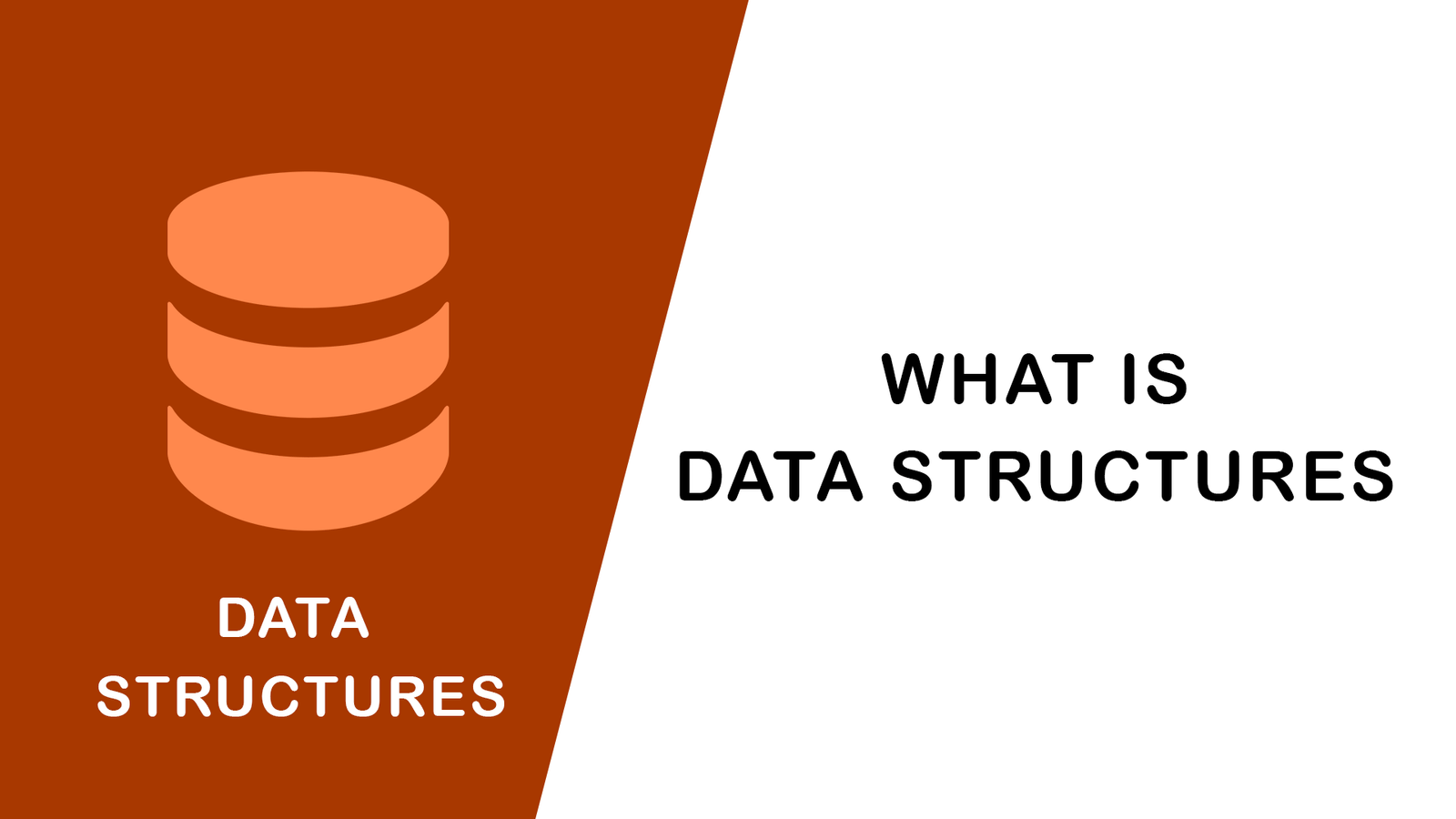
What Is Data Structures ?
July 28,2022
How to Validate Your Laravel App's...
July 27,2022
TOP 10 PROGRAMMING LANGUAGES USED B...
July 27,2022
Create Select Options from Enums, L...
July 27,2022
Fast Paginate for Laravel 9
July 27,2022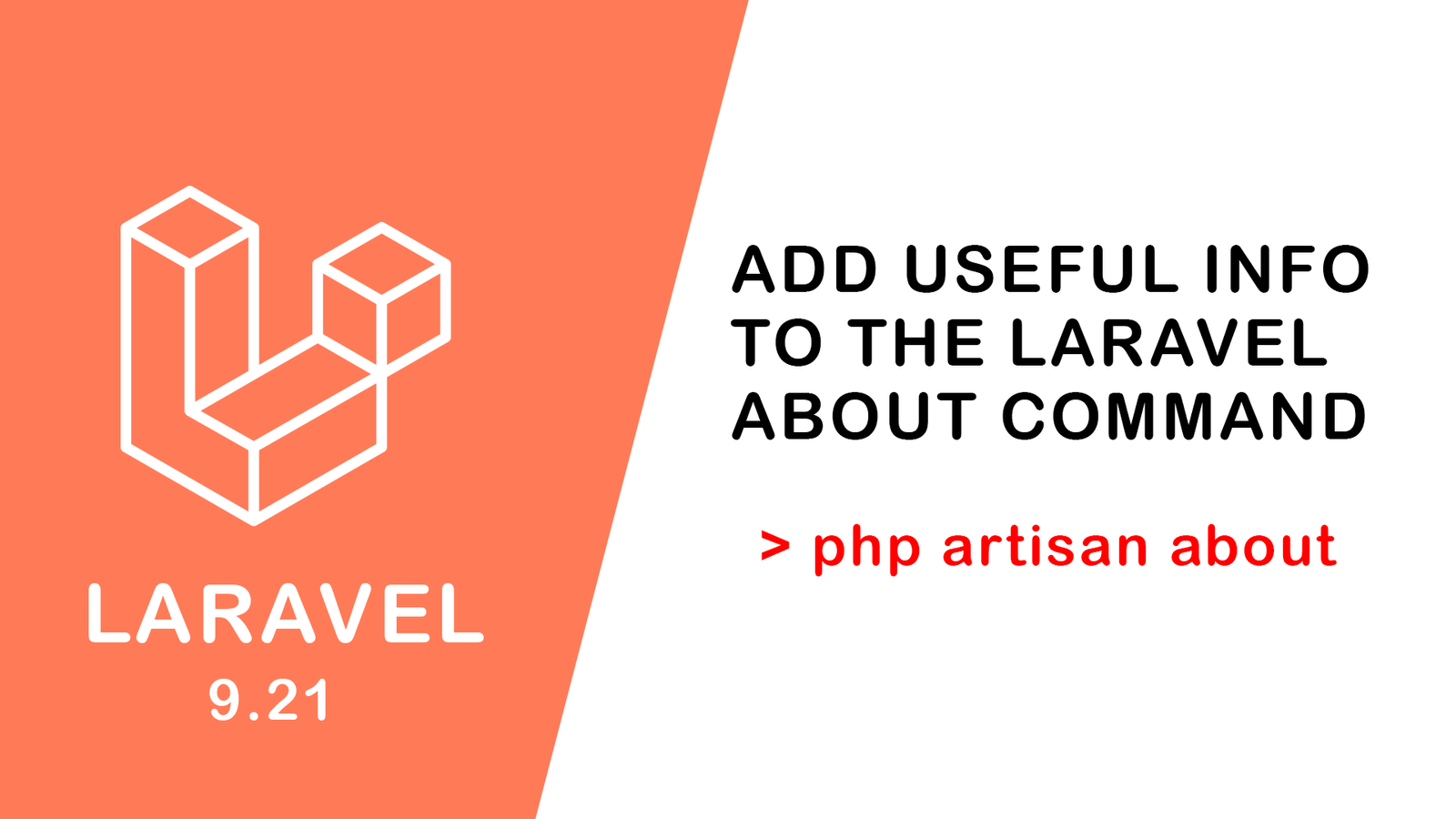
Add Useful Info to the Laravel Abou...
July 27,2022
Learn Most Common Git Commands
July 26,2022
React Hooks: Array Destructuring Fu...
July 25,2022
Laravel 8 CRUD operation
July 23,2022
How to Generate QR Code in Laravel...
July 21,2022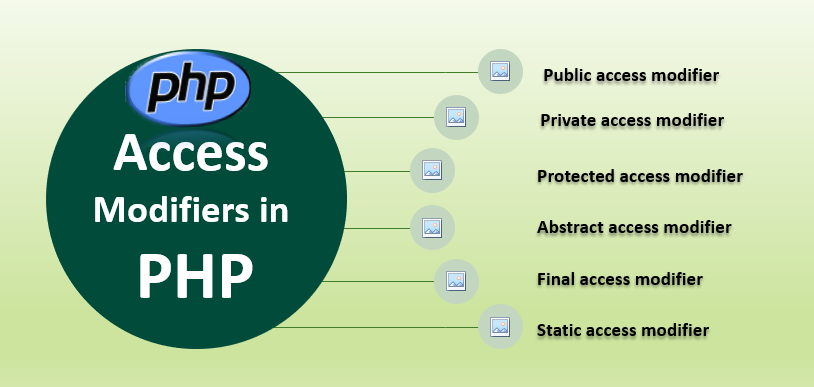
Access specifier in php
July 20,2022


